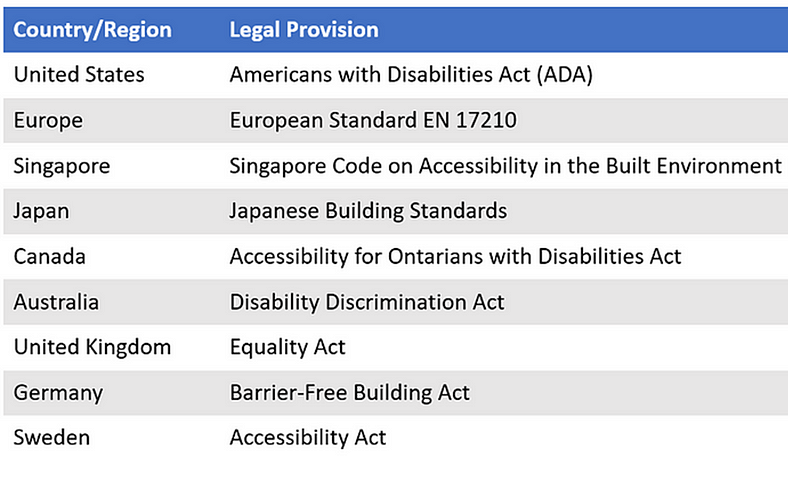Delving into the latest data, the five categories, A to E, show unique trends and dynamics.
Category A: Cars ≤ 1600cc & 130bhp or 110kW
Category A COEs, representing cars ≤ 1600cc & 130bhp, or 110kW, showed a quota premium of $101,001, marking an increase of $2,720. This change represents a 2.76% increase from the previous premium quota, indicating strong demand in this category. The number of bids received (663) outpaced the percentage (474) by about 40%, suggesting a competitive market.
Category B: Cars > 1,600cc or 130bhp or 110kW
Category B, designated for cars > 1,600cc or 130bhp, or 110kW, showcased a quota premium of $119,399 with an increase of $1,490. The expansion, about 1.26% from the previous premium quota, reflects a steady demand. Although the bids received were 513, surpassing the allocation 410 by around 25%, the increase was starker than in Category A.
Category C: Goods Vehicles and Buses
In contrast, Category C presented a more stable situation for goods vehicles and buses. The quota premium was $75,589, with a marginal change of $255, or about 0.34%. The quota and bids received were in perfect equilibrium at 109, indicating a well-matched supply and demand.
Category D: Motorcycles
Category D, reserved for motorcycles, experienced a significant change. The quota premium of $5,002 reflected an increase of $7,177, representing a remarkable 58.96% growth. The quota was 554, but the bids received were 670, showing an oversubscription of about 21%.
Category E: Open-All Except for Motorcycle Category
Finally, Category E, the open-all except motorcycle category, had a quota premium of $124,002 with a change of $499. The relatively small increase of about 0.40% indicates a stable demand. The quota was 125, while the number of bids doubled to 271, showing a high demand in this open category.
Comparison Across Categories

Given these trends, the relationship between the quota and bids received can indicate market competitiveness. Categories A and E, which saw submissions exceeding quotas by large margins, are likely the most competitive. The 1significant growth in the quota premium for Category D suggests a rapidly growing demand for motorcycles.

The PQP, the moving average of COE prices in the last three months, is another essential factor. In categories A, B, and E, the PQP is less than the quota premium, suggesting that Categories A and E are currently the most competitive, with bids significantly surpassing the set quotas. Category D showcases an extraordinary increase in quota premium, indicating a rapidly growing demand for motorcycles. The difference between quota premiums and PQPs in Categories A, B, and E shows that recent demand has outpaced historical trends in these categories. In contrast, Category C is experiencing a potential softening of orders as its PQP exceeds the current quota premium.
Conclusion
In conclusion, analysing quota premiums, the quota-to-bid ratio, and comparing quota premiums with PQPs provide valuable insights into the trends and dynamics of COE prices in Singapore. It is clear from the analysis that there are significant variations across different categories, and the demand and supply factors influence these variations.
Reference
“COE prices for small cars fall 9%, but open category hits record high, motorcycle premiums double”, Online Today, 17 May 2023 https://www.todayonline.com/singapore/coe-prices-close-mixed-open-record-small-slide-2173111
Certificate of Entitlement Quota, Land Transport Authority, https://www.lta.gov.sg/content/ltagov/en.html
“Drop in COE premiums may see car buyers rushing in and pushing prices back up, say analysts”, CNA, 18 May 2023, https://www.channelnewsasia.com/singapore/coe-car-premiums-drop-higher-demand-rising-prices-analysts-3497966


